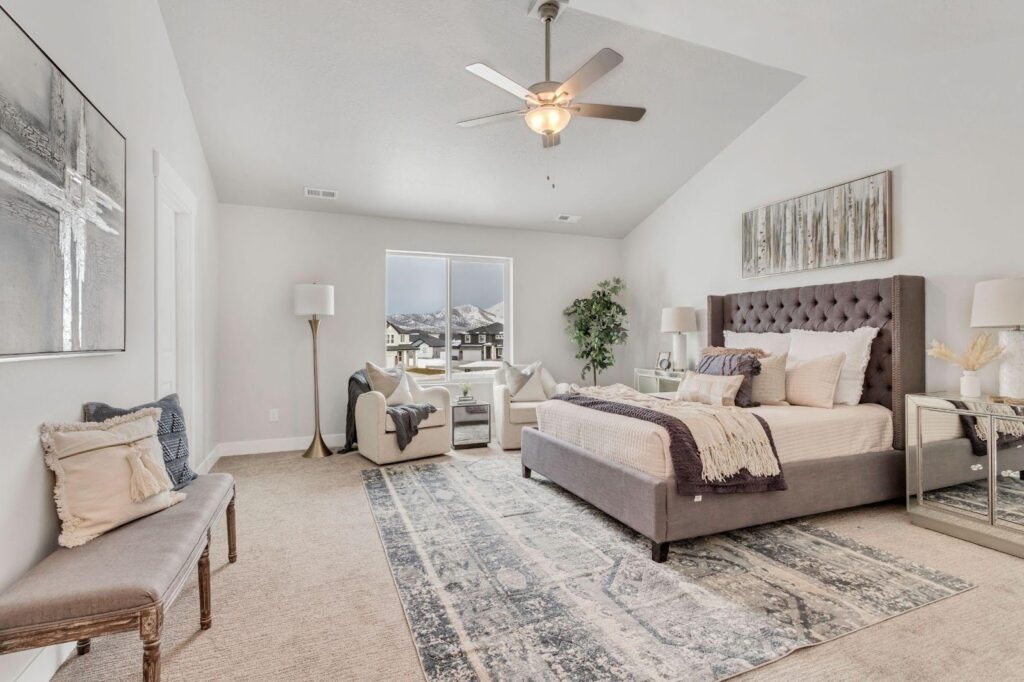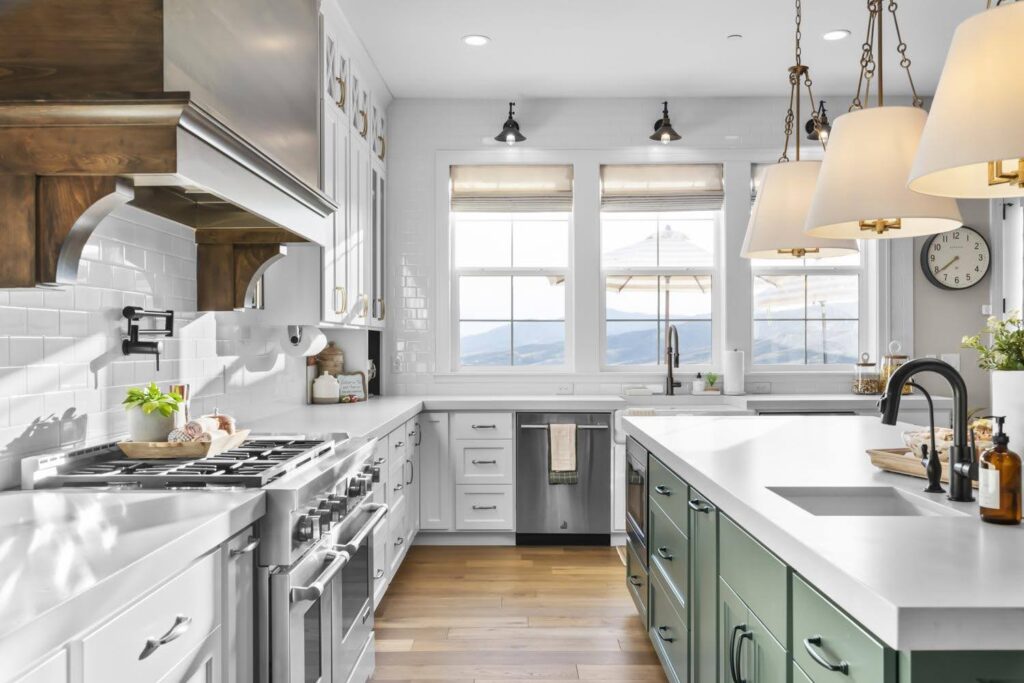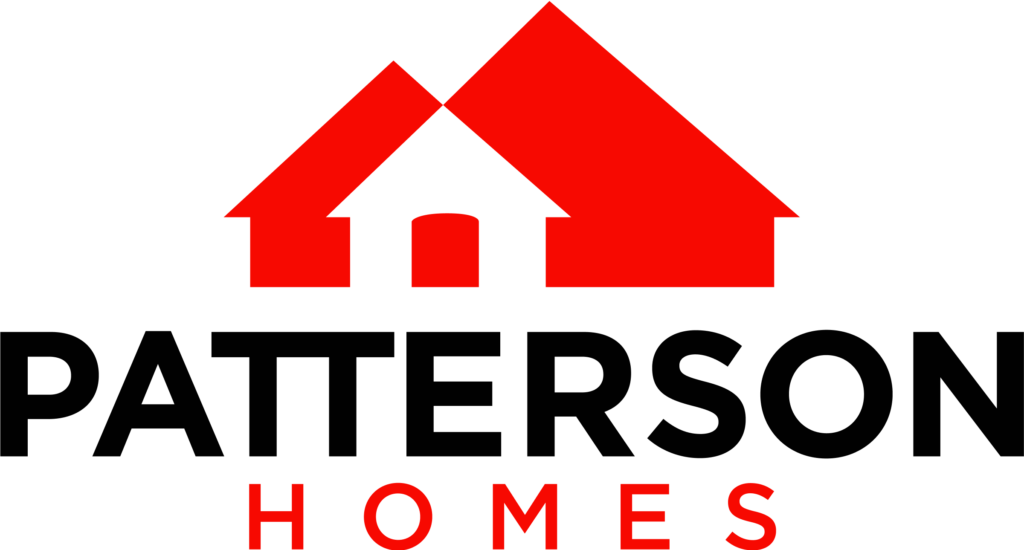Building your dream home is an exhilarating journey that turns your visions into reality. This process involves intricate planning and numerous decisions, from selecting the design to executing the construction.
At the heart of bringing your dream to life is effective budgeting. Strategic financial planning is crucial to navigate the complexities of home construction without sacrificing your vision.
In this guide, we’ll explore how to budget smartly, ensuring your project remains financially feasible while fulfilling your aspirations. By focusing on meticulous budget management, you ensure your project progresses from a blueprint to a beautifully finished home that reflects both your desires and your budget.
Home building costs
When diving into the financial aspects of building a home, you first encounter initial costs, which include purchasing land, securing permits, and hiring an architect. These foundational expenses set the stage for your project.
As you proceed, construction costs consume a significant portion of your budget, covering labor, materials, project management, and contractor fees. Thoroughly assess these costs to balance quality with financial efficiency.
Labor and materials usually take up the largest share, so obtaining multiple quotes and choosing scalable material quality will help manage expenses effectively.
Additionally, hidden costs such as utility connections, landscaping, and unexpected issues during construction often arise. Budgeting for these unforeseen expenses ensures they don’t disrupt your project, facilitating a smoother build and helping maintain your financial boundaries.
Setting a realistic budget
Establish a realistic budget by thoroughly assessing your financial situation. First, determine how much you can afford to spend on building your dream home without compromising your other financial goals. This step ensures you maintain a healthy financial perspective throughout the building process.
Next, explore various financing options. Investigate different mortgage types, understand construction loans, and research available government grants to potentially reduce your financial burden. Each financing method comes with unique benefits, so choose the one that best aligns with your cash flow and project timeline.
Lastly, allocate your budget strategically across different stages of the home-building process. This includes earmarking funds for land purchases, permits, construction costs, and unexpected expenses. Effective allocation ensures efficient use of funds, keeping your project on track and within budget.
Cost-saving tips
Opt for economical designs and materials to reduce costs. Simpler architectural styles often cut down on construction expenses by using fewer specialized materials and speeding up the build. Select materials that balance cost-effectiveness with durability and aesthetic appeal.
Take on DIY projects when practical. Homeowners reduce labor costs by tackling tasks such as painting, basic landscaping, or fixture installation themselves. This hands-on approach not only saves money but also enhances your personal investment in the home’s construction.
Purchase materials in bulk and take advantage of seasonal sales. Buying in bulk usually secures materials at a lower price per unit, and acquiring supplies like lumber during off-peak seasons leads to additional savings.
Strategically planning your purchases to coincide with sales and seasonal discounts stretches your budget further, potentially allowing for upgrades elsewhere.
Planning for overruns
Establish a contingency fund
Always prepare for the unexpected by setting aside a portion of your budget as a contingency fund. This fund acts as a financial cushion, absorbing unforeseen costs such as increases in material prices or unexpected labor charges. Financial experts often suggest allocating 10-20% of your total budget to cover these unexpected expenses effectively.
Opt for flexible design choices
When planning your home, choose design options that allow for flexibility in budgeting. This approach enables you to adjust plans or switch materials without compromising the overall quality or design of your home.
For instance, you could start with basic fixtures and plan for future upgrades, keeping initial costs manageable while allowing for enhancements when more funds become available.
By actively preparing for potential overruns with a dedicated contingency fund and adaptable design choices, you can manage the financial unpredictability of building a home, ensuring the project remains on track and within budget.

Long-term considerations
Invest in energy efficiency
Commit resources to sustainable materials and technologies to benefit the environment and reduce utility costs over time. Incorporate features like energy-efficient insulation, solar panels, and high-performance windows into your home design.
Although initially costly, these investments can generate substantial savings on heating and cooling expenses, making them economically advantageous in the long run.
Focus on resale value
Design your dream home with future resale in mind. Opt for quality construction materials and timeless design elements that will appeal to a broad market, ensuring a good return on investment. Stay informed about current market trends and integrate features that will enhance your home’s appeal and increase its potential resale price.
By prioritizing energy efficiency and resale value, you’re not simply building a home for today — you’re investing in a property that will continue to deliver value, serving as both a comfortable living space and a sound financial asset for years to come.
Tools and resources for budgeting
Software and apps
Harness top budget tracking tools and project management apps designed specifically for home construction to keep your budget on track. These applications allow you to monitor expenditures, set reminders for upcoming costs, and synchronize your budget with contractors and designers effectively.
Tools like HomeBudget, Buildertrend, and CoConstruct offer intuitive interfaces and comprehensive features that enable real-time budget management and communication.
Professional help
Engage a financial advisor or professional estimator to gain critical insights into your budgeting strategy. A financial advisor helps align your home-building project with your overall financial goals, ensuring sound investment decisions.
Meanwhile, a professional estimator provides detailed cost breakdowns and assists in navigating contractor bids, ensuring you receive the best value for your money. Engaging these professionals early in the planning process can prevent costly oversights and refine your budget to match your vision and financial capacity.
Utilizing the right tools and seeking expert advice empowers you to control your budget effectively, making informed decisions that bring you closer to realizing your dream home without financial strain.

Build the perfect home with Patterson Homes
Choose Patterson Homes to guide you through building your dream home. We ensure your journey from planning to completion is exciting, not stressful. With Patterson Homes, you gain a partner committed to delivering a home tailored to your financial and lifestyle needs.
Our focus on customer satisfaction means you receive support every step of the way, from the initial consultation to when you receive your keys. Contact Patterson Homes for an expertly managed build that turns your vision into reality.

